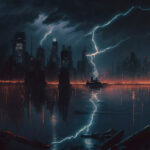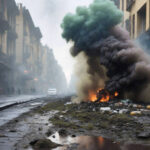Understanding bush fire
Every fire is different.
Understanding how a fire behaves will help you to understand how to prepare your property.
A more intense fire will generate more heat, be harder to control and cause more damage than a smaller or less intense fire. Fire intensity depends on three main factors: vegetation, weather and topography.
Vegetation
Vegetation is fuel for the fire – the amount and type of vegetation will change how the fire behaves.
- Forest fires (filled with heavy undergrowth) will be very hot, but may not move quickly
- Grassland fires may not be as hot, but usually move very fast
- Coastal scrub fires burn very hot although not usually as fast as grass fires
While all these fires may burn differently, they all can – and have – claimed lives and destroyed property. The best way to reduce the intensity of a fire is to manage vegetation: clear undergrowth, remove dead plants, and create breaks between trees and shrubs.
Weather
Hot weather, low humidity, strong winds and low rainfall dramatically increase a bushfire’s intensity and speed. Dry vegetation ignites and burns much more easily.
In South Australia, hot northerly winds pose the greatest danger. Fire direction is usually linked to wind direction – although a cool change may ease the fire intensity, it can increase the danger by moving the fire in a different direction and catching people unaware. Fires are most likely to come from a northern or western direction.
Topography
Fires burn hotter and travel faster up slopes than on flat ground or downhill – the most dangerous home sites are on ridge-tops and steep slopes. North-facing slopes also get more direct sunlight which dries out vegetation and can result in more intense fires. Topography can also affect road access – for example it may limit major roads to narrow streets that can make it difficult for residents to get out or fire trucks to get in.










